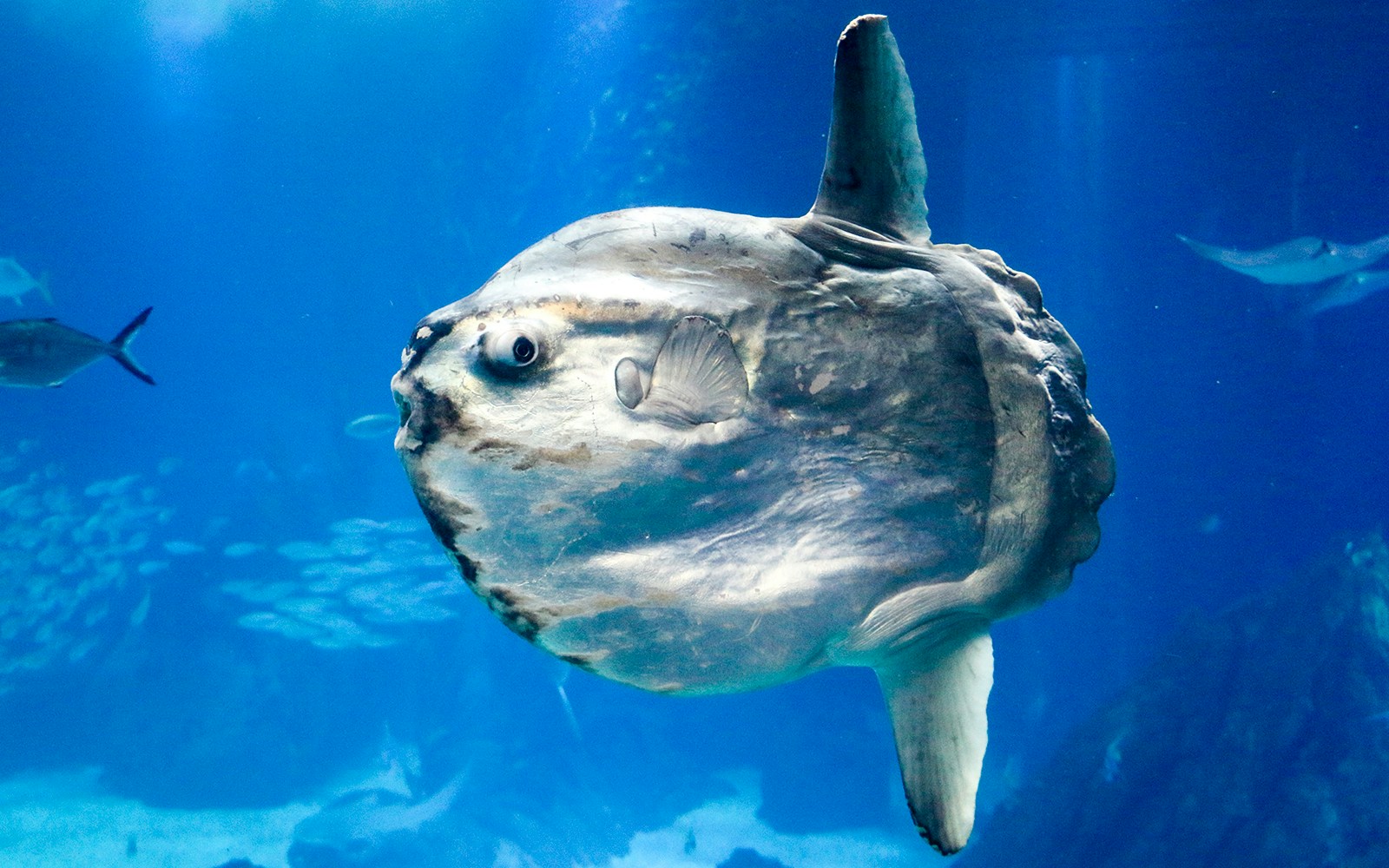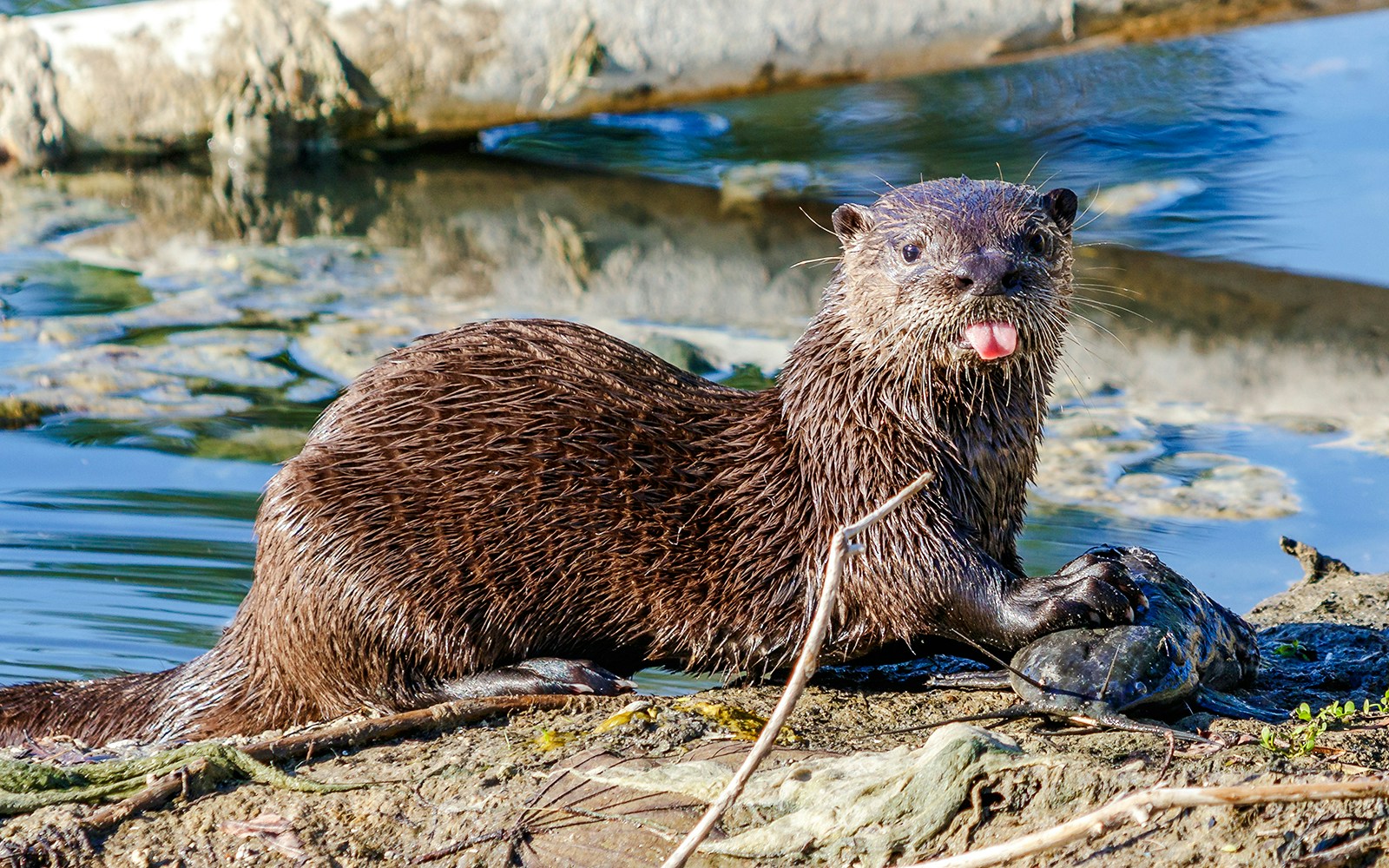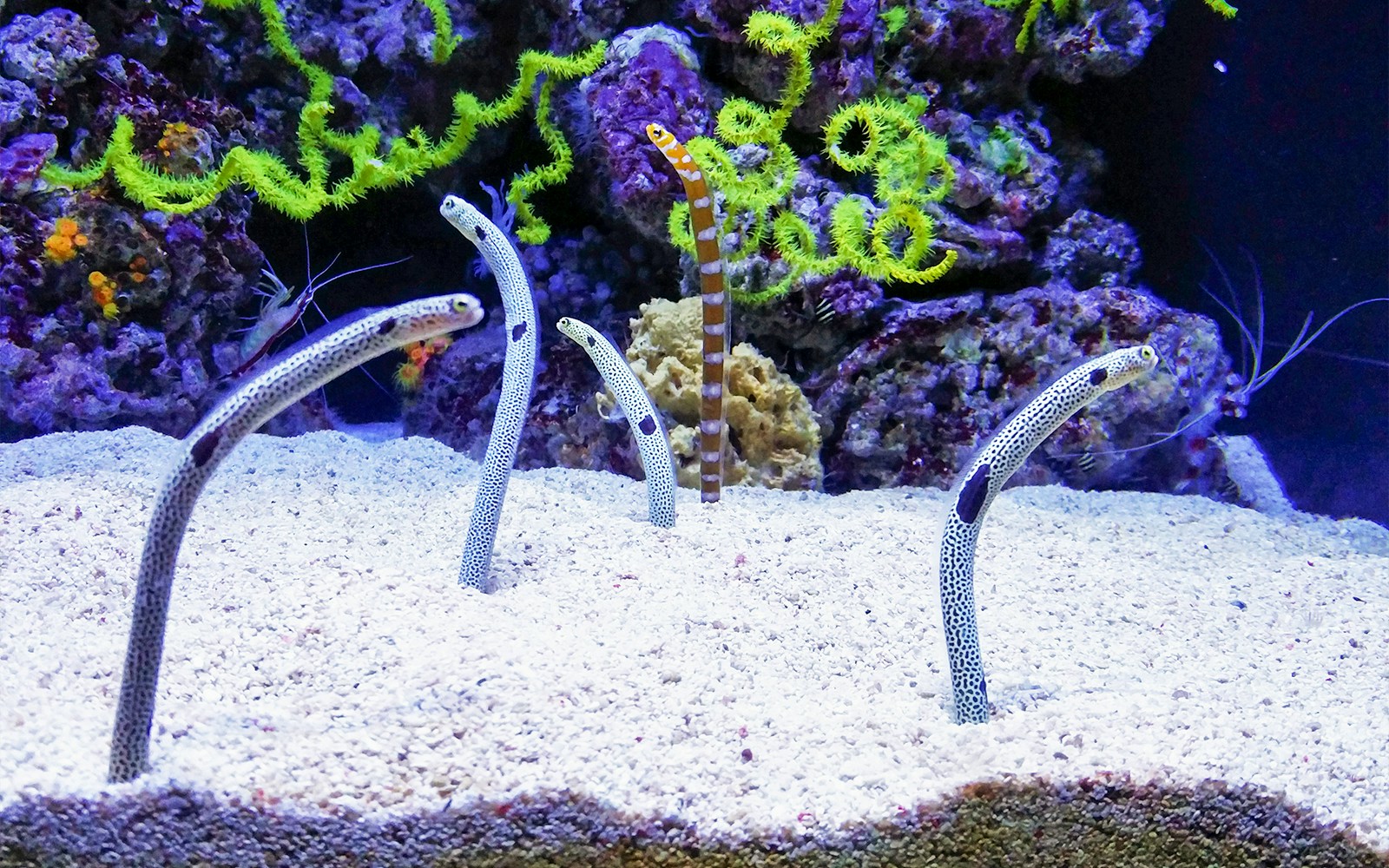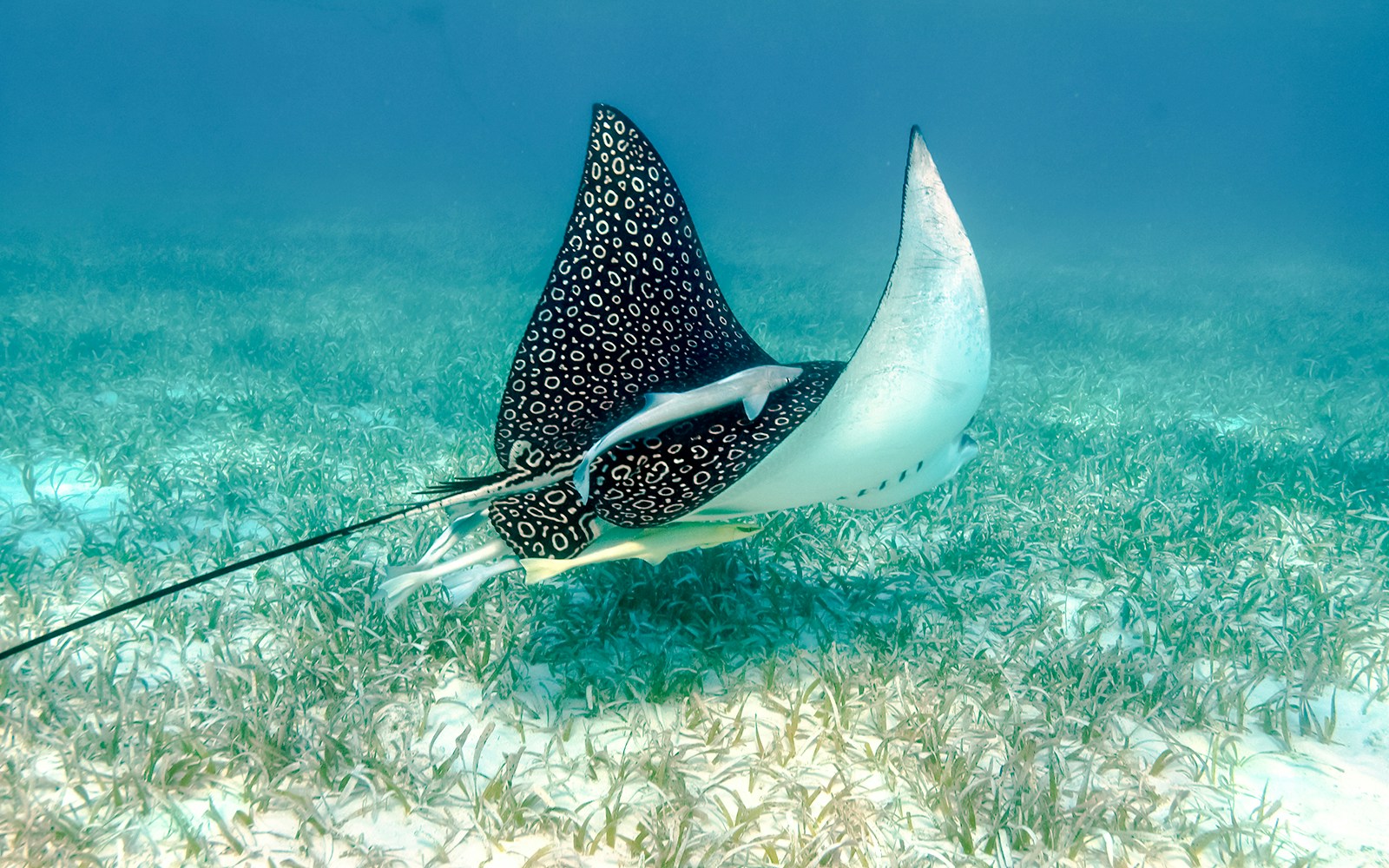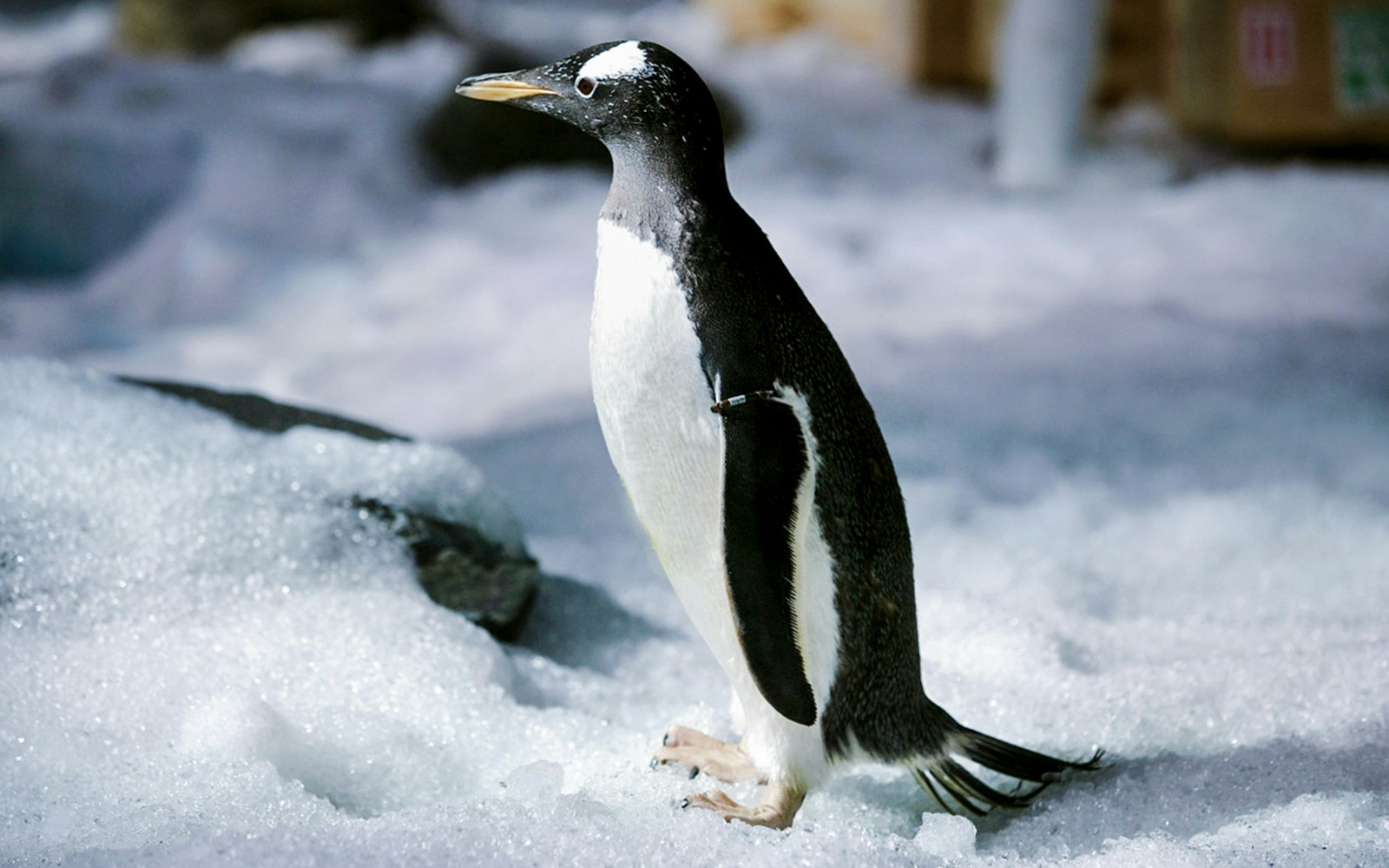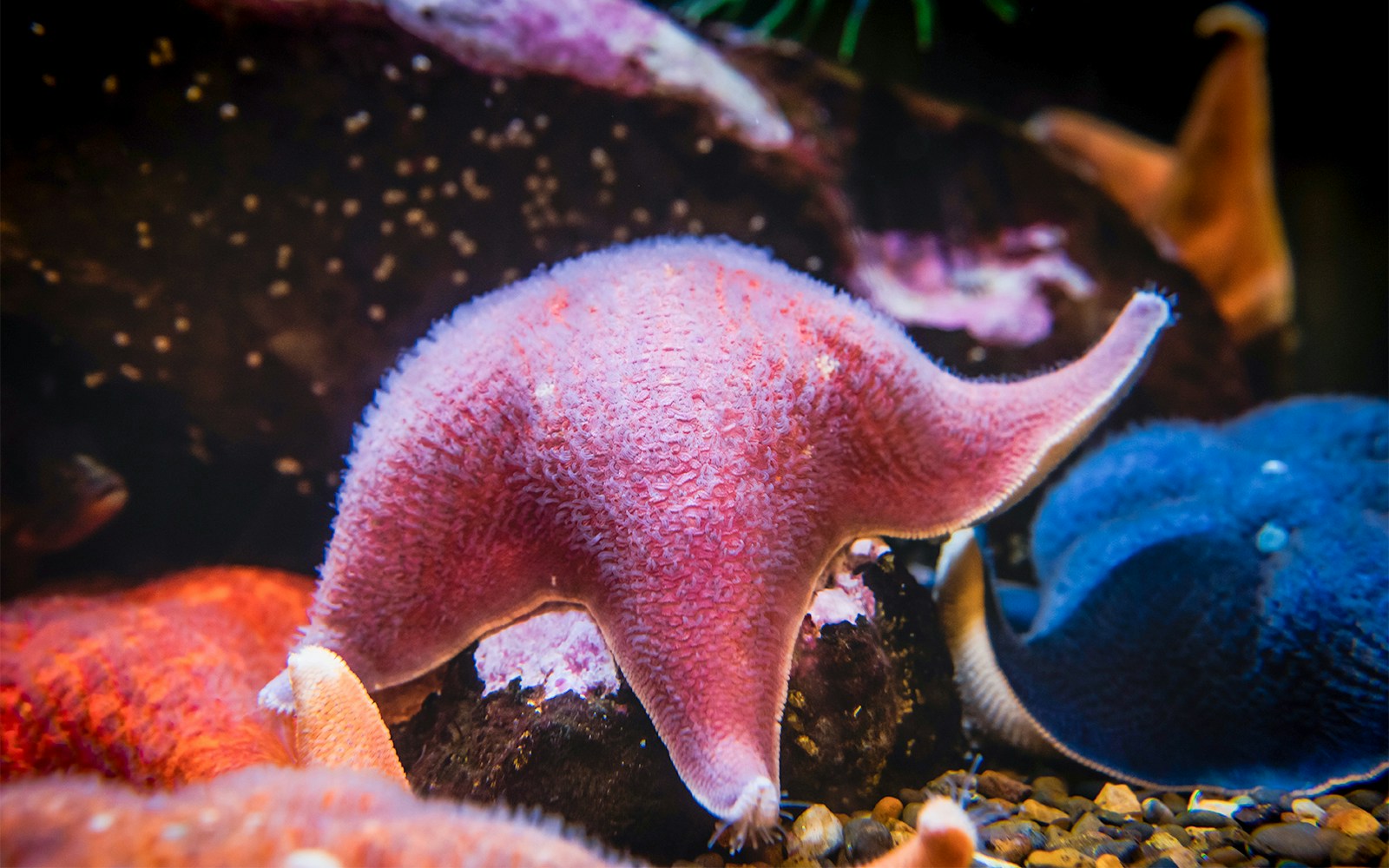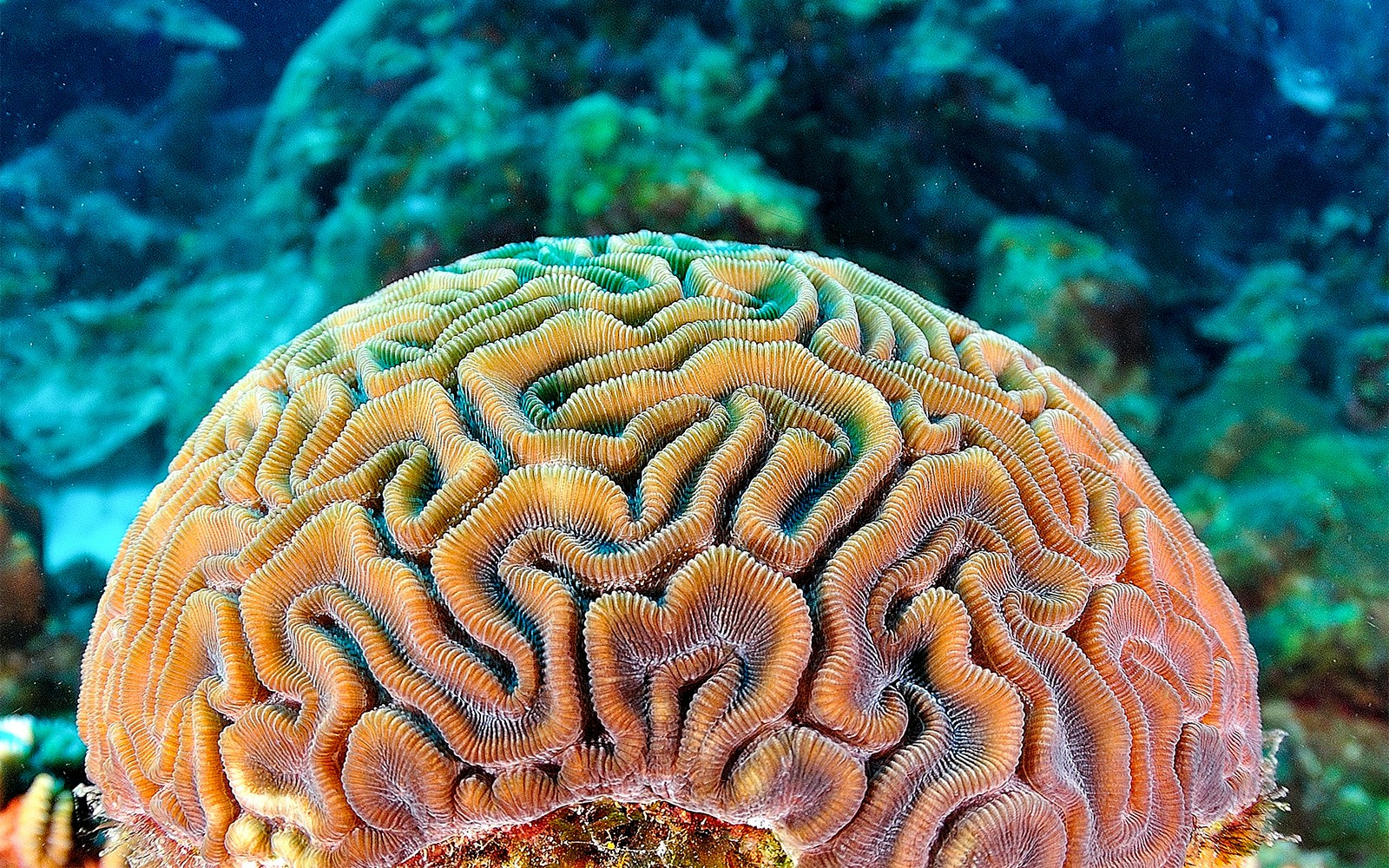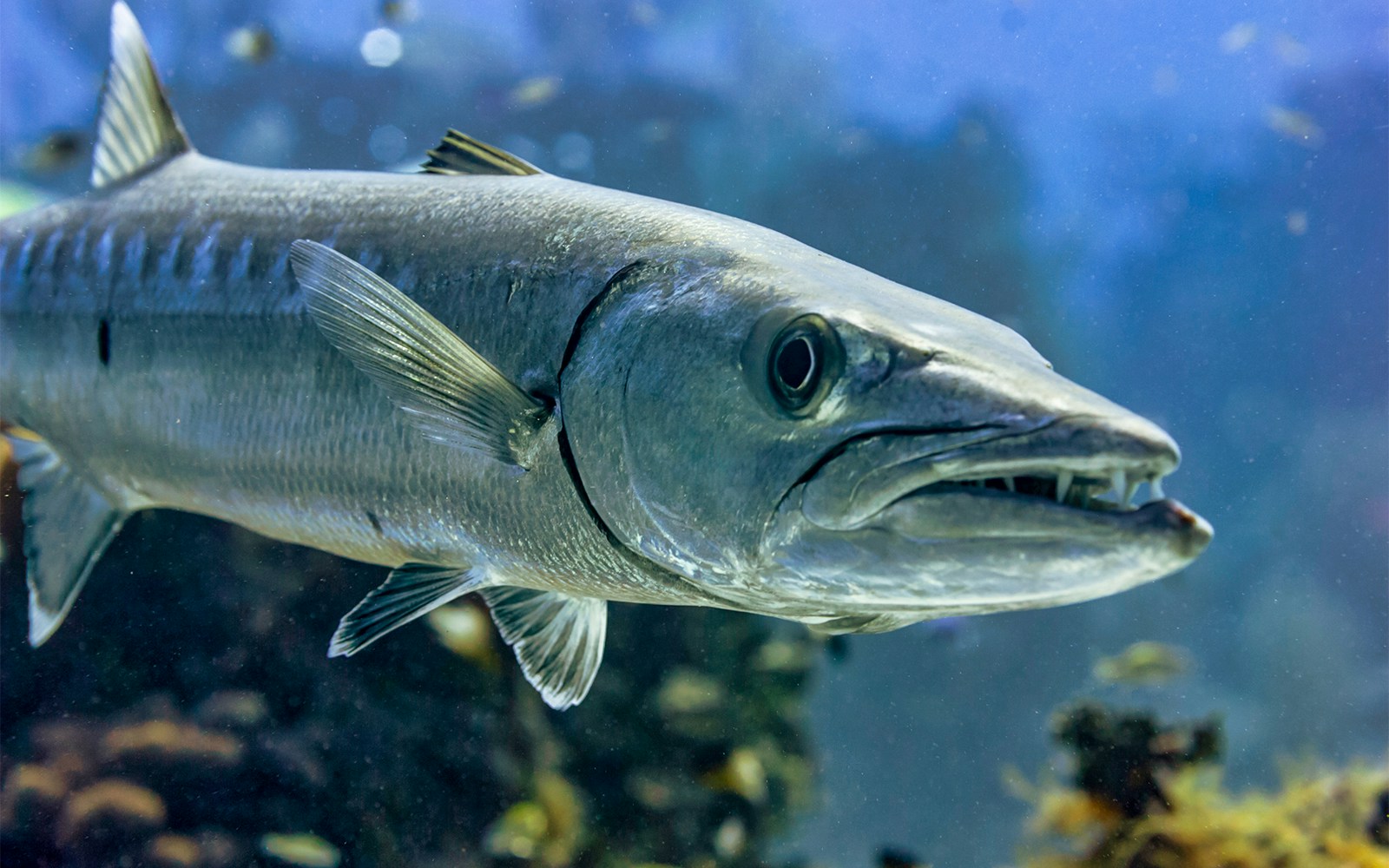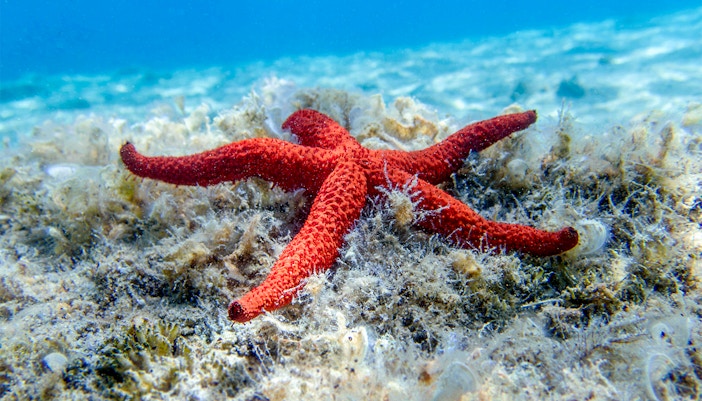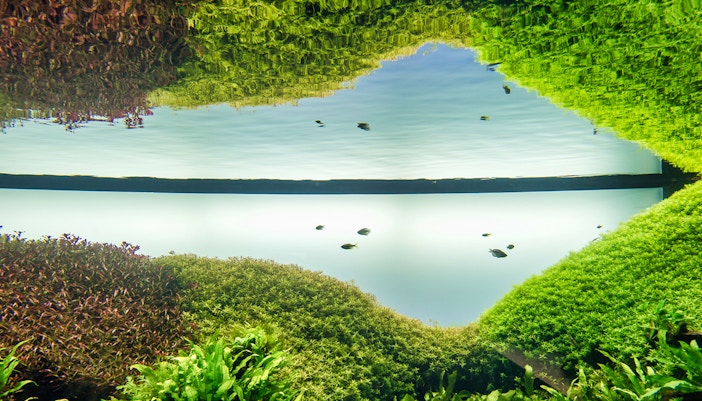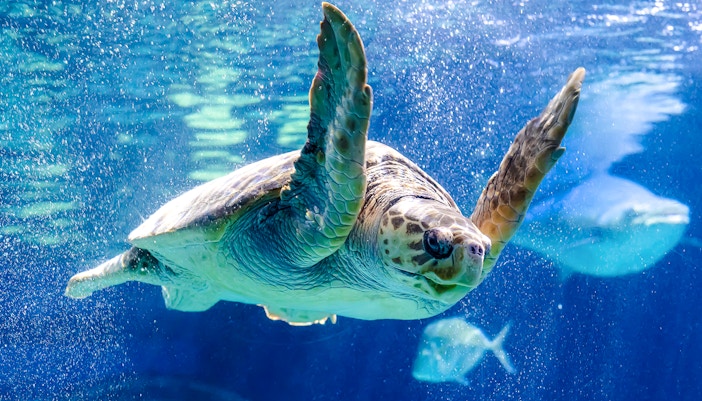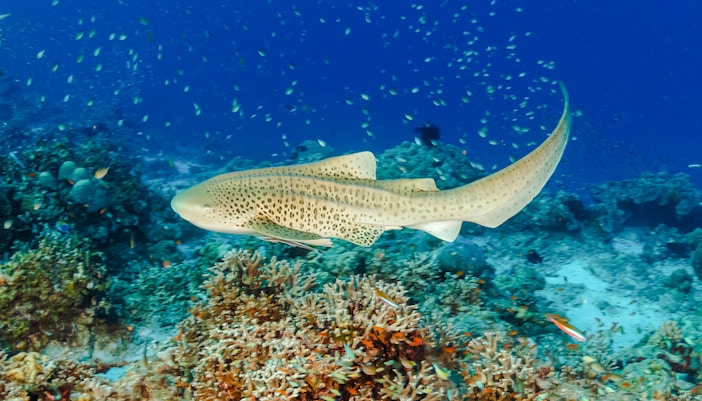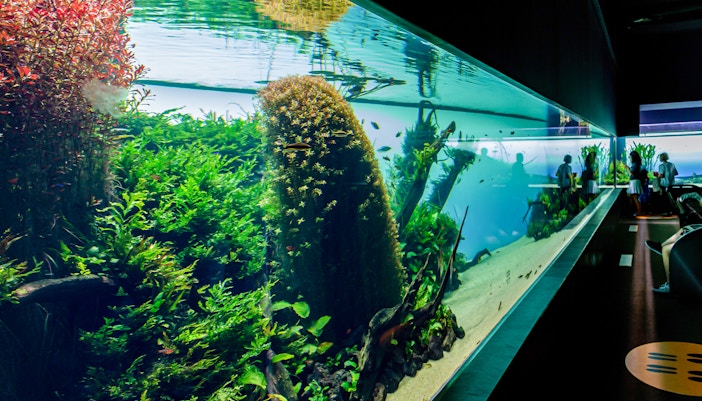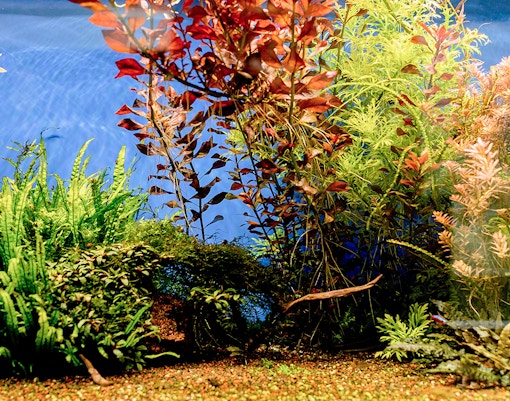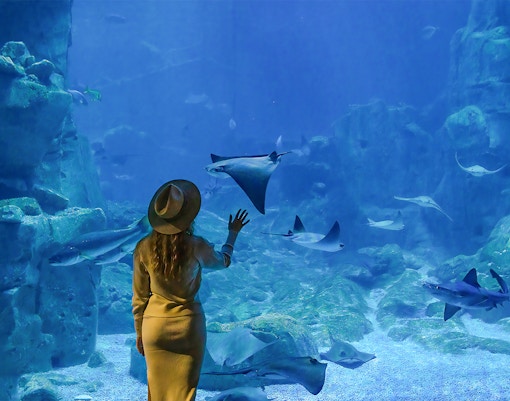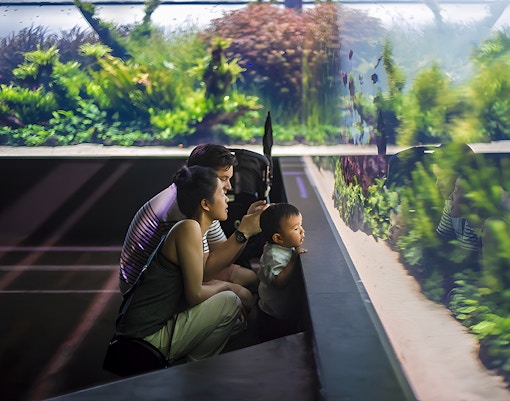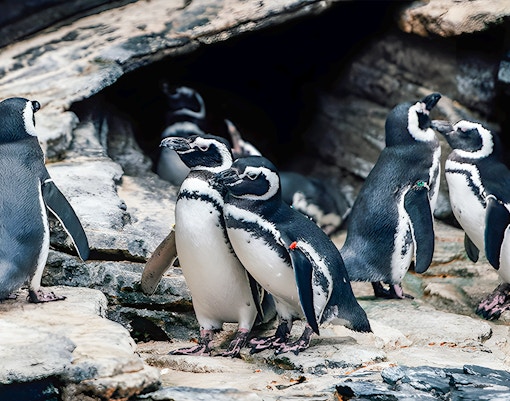Explore a rugged marine habitat where jagged rock formations and tide-pool displays recreate Europe’s northern shores. Interactive touch tanks and clear interpretive panels invite you to connect with starfish, anemones, and other hardy coastal species.
Meet the stars of the Oceanário de Lisboa
The Ocean Sunfish
The Oceanário de Lisboa houses the ocean sunfish (Mola mola), the world's largest bony fish, known for its unique disk-like shape, extreme fragility, and fascinating "sunbathing" behavior at the water's surface.
Sea Otters
The sea otters at Oceanário de Lisboa are the smallest marine mammals, noted for their dense fur at about 155,000 hairs per square centimetre, and their playful behavior. Native to the North Pacific, these otters spend nearly all their time in water.
Garden Eels
Garden eels live in colonies, peering from their sand burrows with slender bodies to catch drifting plankton. Their quirky and upright appearance, moving gently with the current, fascinates visitors and adds unique charm to the Oceanário.
Crownose Rays
Cownose rays at the Oceanário are recognized for their large triangular pectoral fins and graceful, undulating swimming style. They are ambassadors for marine conservation and are featured in the Oceanário’s Central Ocean Tank and stand out for their calm demeanor.
Magellanic Penguin
Magallanic penguins form lifelong bonds and share the responsibilities of incubating their eggs. Male Magallanic penguins without mates during the breeding season produce a loud call like that of a donkey to attract a female to pair with.
Bat Star
The bat star is a common sight in central California waters, often found under rocks, in crevices, and within kelp forests. Feeding on dead plants and animals, the bat star has membranes between its arms that resemble bat wings.
Brain Root Coral
Brain root coral forms massive colonies, often exceeding four meters in size. While exhibiting semi-aggressive behavior towards other corals, they often cooperate with their own species, creating vibrant and textured groupings.
Great Barracuda
Juvenile great barracudas are incredible predators capable of reaching speeds up to 40 kilometers per hour, making them one of the fastest predators in the ocean. You’ll find these among the corals in the Oceanário’s Atlantic zone.
